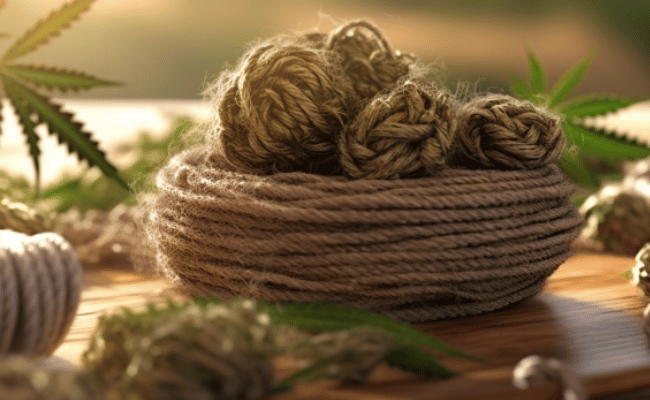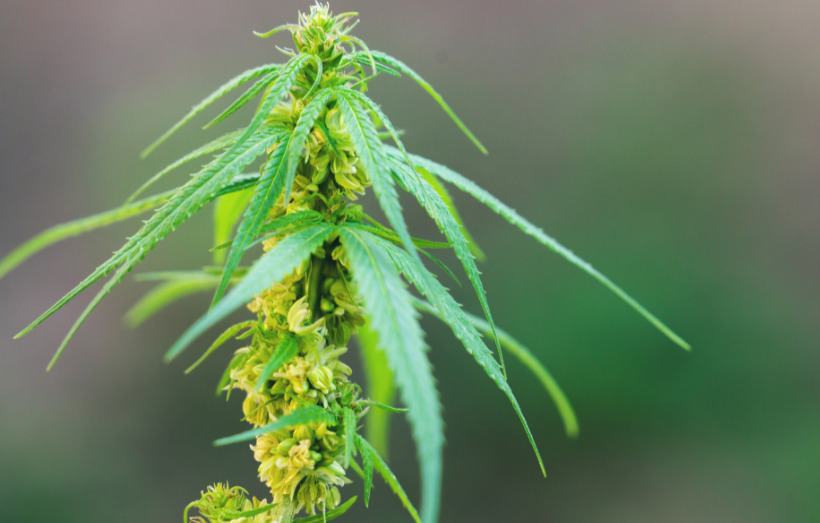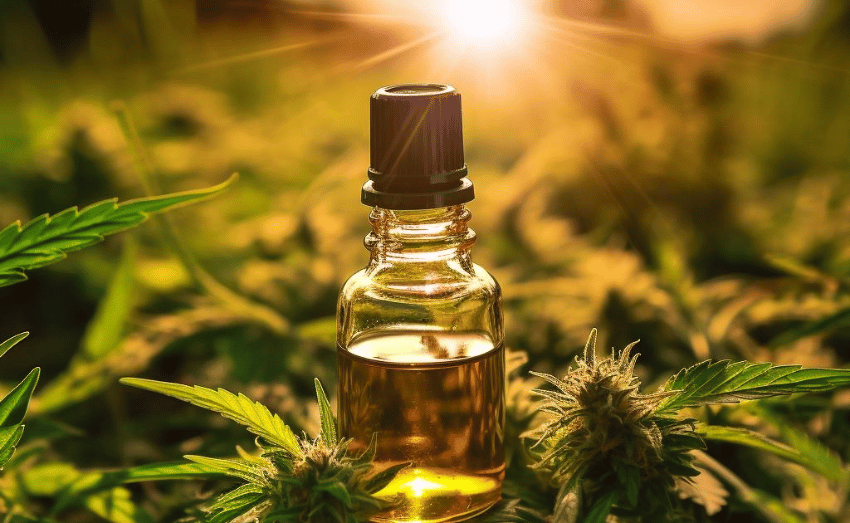Hemp rope has been a beloved and versatile tool for centuries. Originating from the fibres found in the stalk of the hemp plant, this rope has stood the test of time. But why has hemp rope remained so popular and how long does it really last? Let’s explore!
What Makes Hemp Rope Unique?
Hemp ropes are unique because they are made from the fibers found in the stalks of the hemp plant. These fibers are known as “bast fibers,” and they are among the most robust natural fibers on the planet.
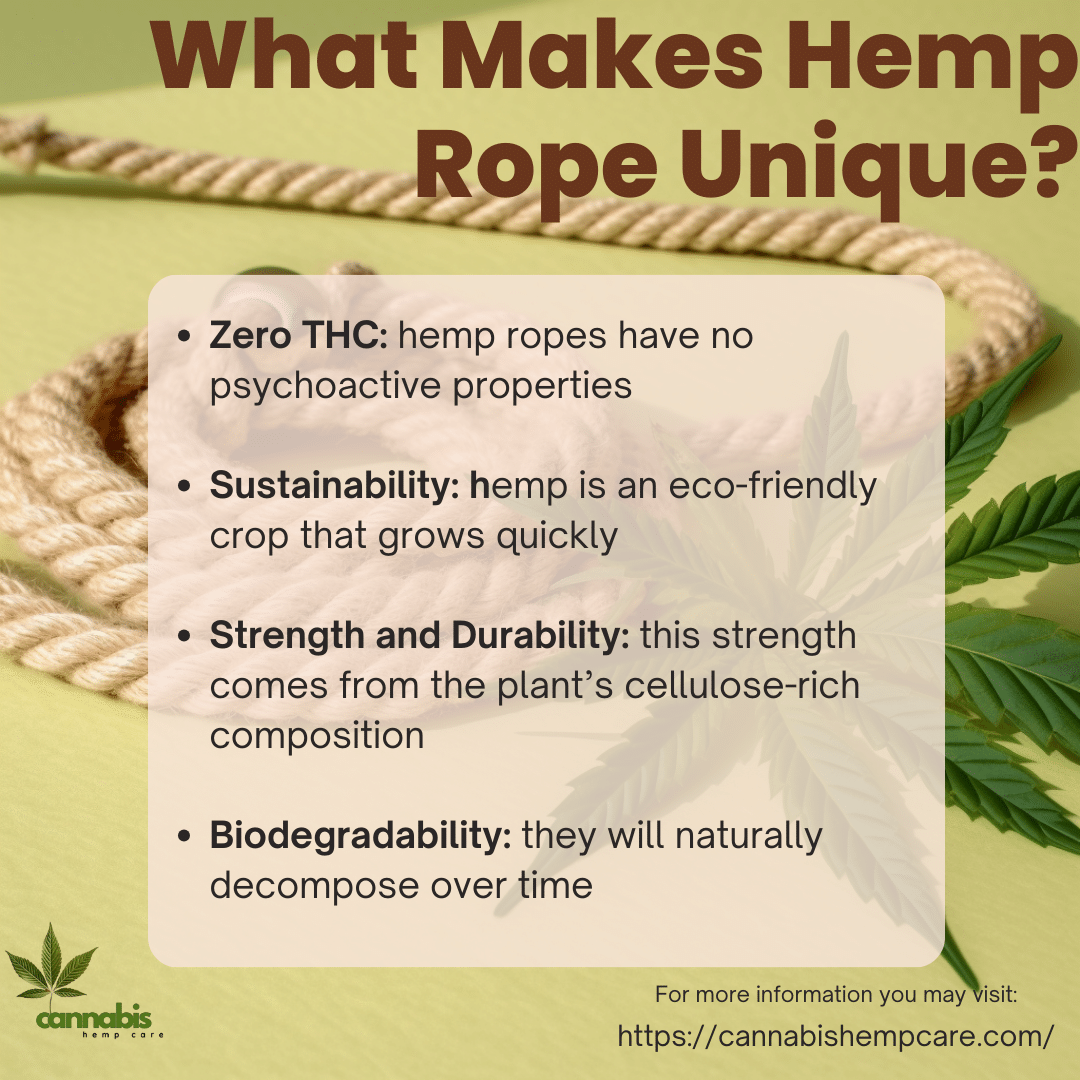
- Zero THC: The fibers used to make hemp ropes have no THC, which is the compound in some strains of the cannabis plant that produces the ‘high’ effect. This means that hemp ropes have no psychoactive properties, making them safe for all sorts of applications without any risk of altering your state of mind, even if they are burned or heated.
- Sustainability: Hemp is an eco-friendly crop that grows quickly, requires minimal water, and can thrive without pesticides or herbicides. Additionally, hemp plants improve soil quality by removing toxins and preventing soil erosion, making it a more sustainable choice compared to other rope-making materials.
- Strength and Durability: Hemp fibers are incredibly strong and durable, which is why hemp ropes have been used for centuries in various applications, from naval ropes to agricultural tools. This strength comes from the plant’s cellulose-rich composition, which gives the fibers a high tensile strength, making them resistant to breaking under tension.
- Biodegradability: Hemp ropes are 100% biodegradable, meaning they will naturally decompose over time, reducing waste and pollution compared to synthetic ropes that can take hundreds of years to break down.

Why Do People Trust Hemp Rope?
- Historical Reliability: Hemp ropes have been used and trusted for thousands of years across different cultures and civilizations. Ancient mariners, for example, relied on hemp ropes for their ships’ rigging and sails due to their strength and resistance to saltwater degradation. This long-standing history of successful use contributes to the trust that people have in hemp ropes.
- Versatility: Hemp rope’s ability to be blended with other materials, like cotton or synthetic fibers, makes it highly versatile. These blends can enhance specific properties of the rope, such as softness, color, or UV resistance, depending on the intended use. This adaptability means that hemp rope can be tailored for a wide range of applications.
- Safety: Hemp ropes are naturally resistant to mold, mildew, and UV radiation. This resistance makes them an excellent choice for outdoor and marine applications, where ropes are often exposed to moisture and sunlight. Also, their lack of THC ensures they’re safe for various uses without any psychoactive effects.
- Eco-Friendly: With the growing awareness of environmental concerns, more people are seeking sustainable alternatives to traditional products. Hemp rope’s biodegradability, combined with the eco-friendly cultivation of hemp, makes it an attractive option for environmentally-conscious individuals.
Hemp ropes are unique due to their natural strength, sustainability, and lack of THC. People trust hemp rope because of its historical reliability, versatility, safety, and eco-friendliness. Whether you need rope for practical purposes or creative projects, hemp rope’s unique properties make it a dependable and sustainable choice.
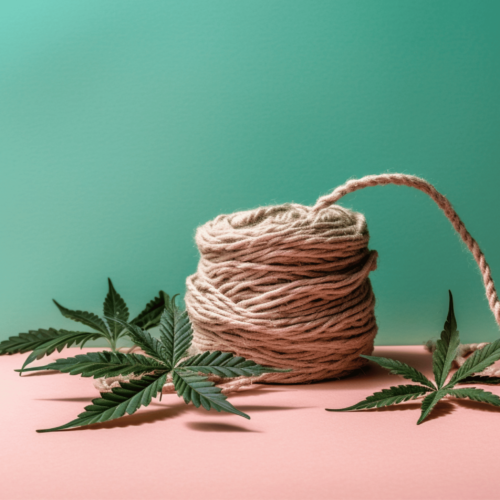
Where is Hemp Rope Commonly Used?
Its impressive strength makes hemp rope a popular choice for various tasks like climbing, creating rope swings, and shipping. From home décor and garden projects to heavy-duty commercial and marine uses, its applications are vast.
The Benefits of Using Hemp Rope:
- Resistance: Hemp rope naturally resists mold, making it excellent for wet or humid environments.
- Safety: Since hemp is grown without toxins or herbicides, the ropes made from it are toxin-free.
- Durability against the elements: The rope is UV resistant, meaning it won’t degrade quickly under sunlight.
- Sustainability: Hemp cultivation is ethical and sustainable, ensuring you’re using an eco-friendly product.
Is Hemp Rope Really That Strong?
Yes, it is! Here’s a fun fact: hemp ropes have been the top choice for centuries whenever a durable and dependable rope was required. Their performance remains consistent in temperatures ranging from -40°C to +60°C (-40°F to 140°F). However, a specific study suggests that hemp ropes might slightly shrink at -20°C (-4°F).
Here’s a quick look at the strength of common hemp rope dimensions:
- 5mm hemp rope: Holds up to 1800 Newtons (equivalent to 405 lbs force).
- 6mm hemp rope: Can bear 2400 Newtons (or 540 lbs force).
- 8mm hemp rope: Withstands a whopping 4000 Newtons (that’s 900 lbs force)!
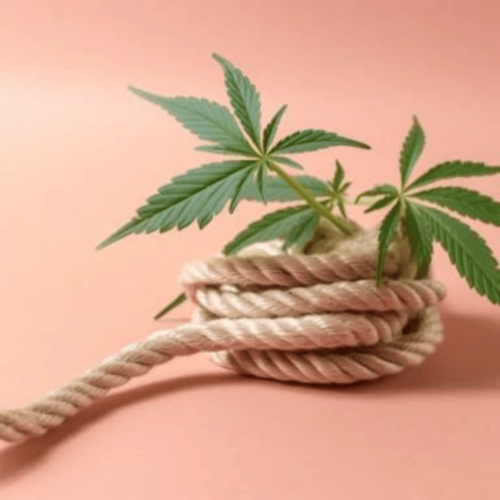
How Durable is Hemp Rope?
Hemp’s innate properties make it incredibly long-lasting. It’s one of nature’s strongest fibers, ensuring durability for years without significant degradation. In general, you can expect hemp rope to last around eight years outdoors before showing signs of wear and tear. This resilience makes hemp rope a favorite for outdoor activities like climbing or fishing.
Maintaining and Storing Your Hemp Rope
Proper care and storage are crucial for extending the life of your hemp rope.
- Storage: Keep your hemp rope in a cool, dry area. Like any other natural material, hemp can degrade over time if exposed to unfavorable conditions.
- Cleaning: If your hemp rope becomes dirty, clean it gently with water and mild soap. Make sure to thoroughly rinse out any soap residue and allow the rope to dry completely before storing it. Wet hemp rope can develop mold, despite its natural resistance.
- Inspection: Regularly check your rope for signs of fraying or damage, especially if it’s used in activities where safety is a concern, such as climbing.
Study support: According to a study published in the Journal of Industrial Textiles, proper maintenance of hemp rope can significantly increase its lifespan. (Source: “Hemp fiber and its composites – a review,” Journal of Industrial Textiles, 2012.)
Example: If you’ve used your hemp rope for a makeshift swing in your backyard, check it regularly for signs of wear, especially at the points where it’s tied to a tree branch or similar support.
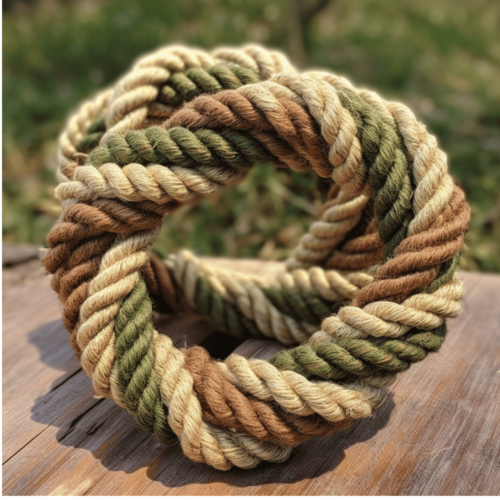
Environmental Advantages of Hemp Rope
Hemp rope’s eco-friendly nature stems from the sustainable cultivation of the hemp plant itself.
- Water conservation: Hemp requires less water compared to other crops like cotton. A study from the Stockholm Environment Institute states that hemp uses about half the water needed for cotton. (Source: “The Water Footprint of Cotton, Hemp, and Polyester,” Stockholm Environment Institute, 2005.)
- Soil health: Hemp can grow in various soil conditions without needing pesticides or herbicides, making it less harmful to the soil and surrounding environment.
- Carbon sequestration: Hemp plants are efficient at absorbing CO2 from the atmosphere. According to the Journal of Industrial Hemp, hemp sequesters more CO2 per acre than most trees, helping to combat climate change. (Source: “Comparative CO2 sequestration of major crops in the United States,” Journal of Industrial Hemp, 2008.)
Example: If you choose to use hemp rope for your gardening needs, you’re supporting a crop that has less environmental impact compared to many other rope materials.
When to Replace Hemp Rope?
Hemp rope is durable, but it will eventually need to be replaced.
- Signs of wear: Look for fraying, thinning, or any weak spots in the rope.
- Safety first: If your rope shows any of these signs, especially if it’s used in a safety-critical application like climbing or rigging, replace it immediately.
Study support: According to the International Journal of Polymer Science, natural fibers like hemp can degrade over time due to factors like moisture, UV radiation, and mechanical stress. (Source: “Natural Fiber-Reinforced Polymer Composites,” International Journal of Polymer Science, 2010.)
Example: If you have a hemp rope hammock, it might be time to replace it when you notice thinning or fraying in the rope, especially around the knots or weight-bearing areas.
Hemp rope’s combination of strength, sustainability, and versatility make it an excellent choice for various applications. Proper care and regular inspection can extend the rope’s lifespan while being mindful of its wear will ensure your safety. Whether for home projects or outdoor adventures, hemp rope is a reliable and eco-friendly option.
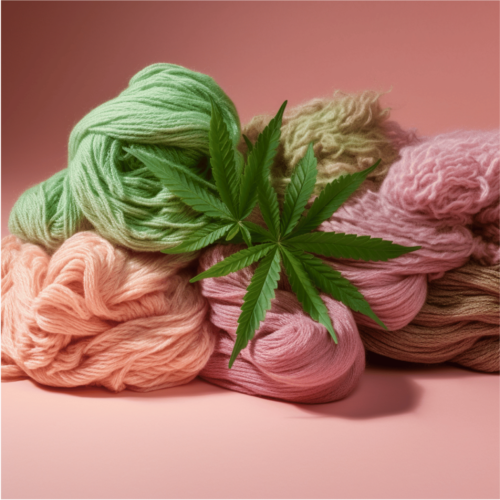
Conclusion
Hemp rope’s combination of strength, sustainability, and historical significance make it a choice material for many applications. As with any tool, understanding its strengths and limitations ensures you can make the most of its benefits safely and effectively. Whether you’re looking for a sustainable solution for home projects or need a reliable rope for outdoor adventures, hemp rope remains an enduring favorite.
FAQs
Is hemp rope weatherproof?
Hemp rope is relatively weather-resistant compared to many other natural fibers. It’s resistant to UV rays and mold. However, prolonged exposure to adverse weather conditions such as constant rain or extreme temperatures can weaken the rope over time. It’s best to store hemp rope in a cool, dry place when not in use.
Can hemp get wet?
Yes, hemp can get wet. In fact, it’s quite resilient to moisture compared to many other natural fibers. However, if it remains wet for an extended period, it can become susceptible to mold and mildew, which may weaken the rope. After getting wet, it’s essential to let the rope dry thoroughly before storing it.
Is hemp rope stronger than steel?
While hemp is a strong natural fiber, it’s not stronger than steel. Steel has a much higher tensile strength and load-bearing capacity compared to hemp. Hemp rope is, however, an excellent alternative for applications that don’t require the extreme strength of steel, offering a more flexible and environmentally friendly option.
How much weight can hemp rope hold?
The weight that a hemp rope can hold depends on its thickness and the quality of its construction. For example, a 5mm hemp rope can hold up to 1800 Newtons (405 lb f), a 6mm hemp rope can hold up to 2400 Newtons (540 lb f), and an 8mm hemp rope can hold up to 4000 Newtons (900 lb f).
Does hemp rope burn easily?
Hemp rope is not highly flammable, but like any natural fiber, it can catch fire if exposed to an open flame. However, it’s more resistant to fire than some synthetic materials, which can melt and release toxic fumes when burned. If you’re using hemp rope near a heat source or open flame, it’s essential to exercise caution and ensure proper safety measures.


































